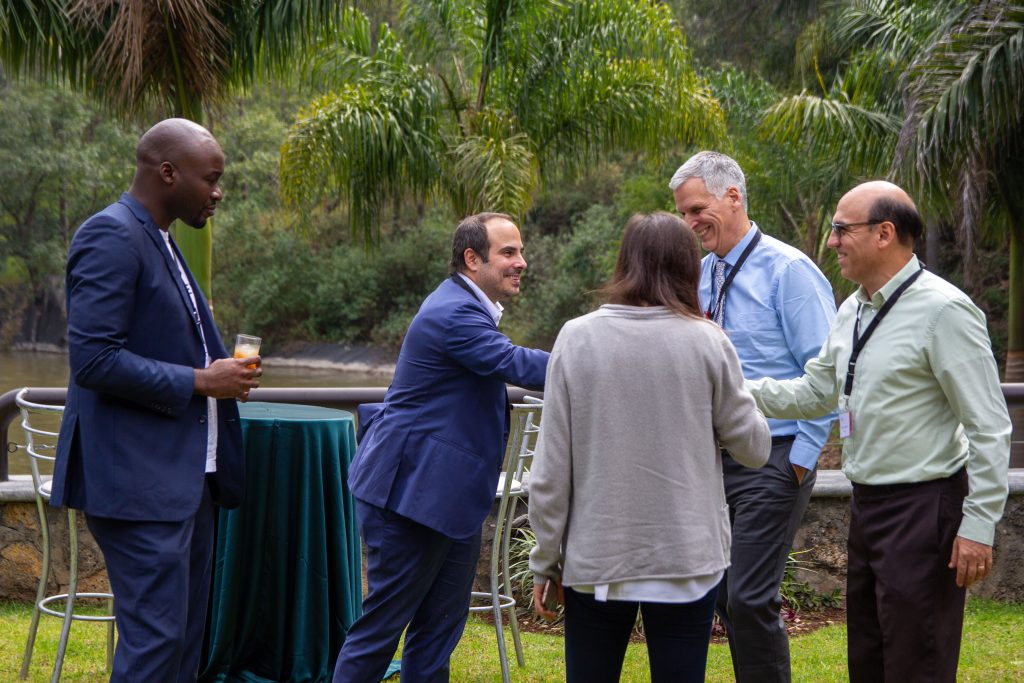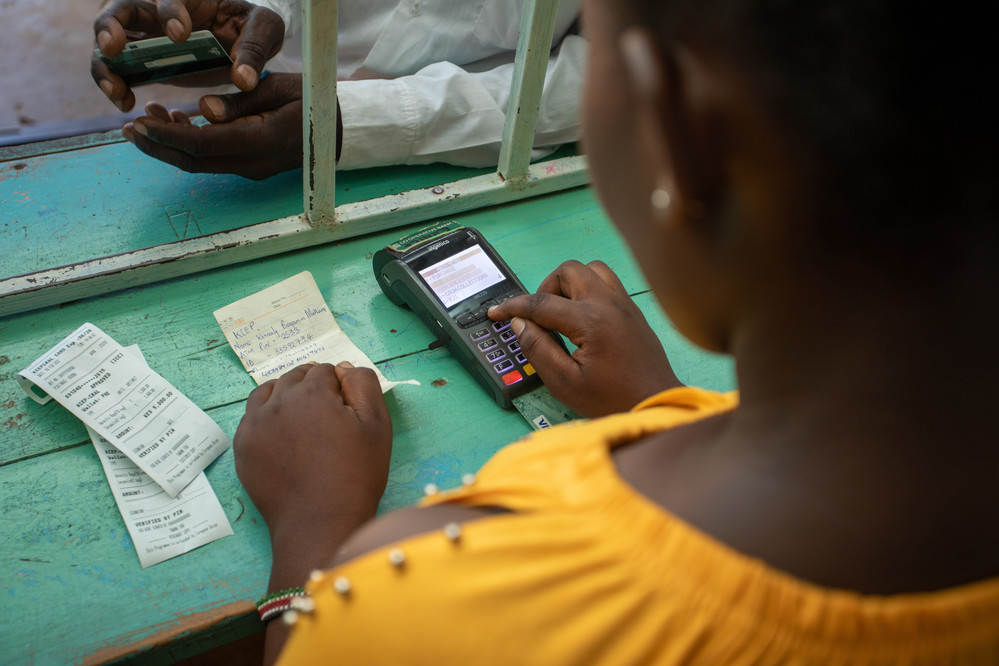Perspectives is a series that highlights emerging issues in the area of agri-SME and smallholder finance from the perspective of practitioners and thought leaders within and outside the SAFIN network. In this interview, Avril Benchimol, Senior Financial Specialist at the Global Environment Facility (GEF), talks about the challenges of reaching financial scale through blended finance and promising innovations in the use of finance for sustainable transitions in agriculture.

Photo: IFAD/Fausto Veliz
What is the role of the blended finance programme in delivering on the overall mandate of the Global Environment Facility (GEF)?
The GEF is the financial mechanism of five international conventions – the Convention on Biological Diversity, the United Nations Framework Convention on Climate Change, the Stockholm Convention on Persistent Organic Pollutants, the UN Convention to Combat Desertification, and the Minamata Convention on Mercury. As a financial mechanism, most of the GEF budget is allocated to governments in the form of grants to implement the directions and guidance provided by these conventions. Although the GEF has been seeking to engage with private sector since its inception, in 2006 the GEF Council established a separate financing window dedicated to mobilizing private sector investment into environmental challenges by addressing the diverse needs and mandates of the sector. This window provides financial instruments other than grants that can be blended to create risk-return transaction profiles that meet the requirements of private investors.
Where do you see the main challenges in reaching financial scale through blended finance in sustainable agriculture and for agri-SMEs?
Financing agriculture – especially smallholder farmers – is inherently risky, and financial institutions and investors often look at this risk purely from a creditworthiness angle. Climate risk is rarely included in their risk assessments, which can result in agricultural credit risk being overestimated, especially when finance is required for investments that contribute to climate adaptation. Regulators should require the inclusion of climate risk in the analysis of the creditworthiness of each client in order for more finance to flow in the sector. Financial intermediaries should also be supported to build an internal track record to learn whether smallholder farmers that adopt improved sustainable measures are more creditworthy.
Blended finance structures in this sector are typically tailor-made to specific business models and often used to pilot new models that can then be replicated or scaled up through commercial capital. As such, these structures are often designed to be relatively small scale and to have a specific duration, which gives a sense that the landscape is made up of small pockets of funding. One approach to scaling up that shows promise involves commercial banks using blended finance to test investment models that they can then directly mainstream in their portfolios. One such example is the AGRI-3 Fund of Rabobank, in which the GEF funding helps de-risk a global portfolio of investments in sustainable agriculture through local financial intermediaries to improve their risk-return profiles.
What are the most exciting or promising areas of innovation in the use of finance for sustainable transitions in the sector, in your experience?
It is exciting to see big commercial banks looking at sustainable transitions more actively and establishing teams focused on biodiversity or sustainability, for example. We also believe that open-ended funds such as the Food Securities Fund are very innovative. The Fund will be listed on the stock exchange and remain as big as its shareholders invest into it, without reaching a financial closing. The Fund seeks to make partnerships with value chain partners like large corporations that want to source responsibly in their value chains but do not have the means to fully finance sustainable transitions. By co-investing in smallholder farmers through aggregators worldwide, with these corporations taking the first loss, the Fund will lead to longer-term sustainable transitions in agricultural value chains.
Avril Benchimol, Senior Financial Specialist, The Global Environment Facility

Avril leads the blended finance initiative at the Global Environment Facility. She has sixteen years of experience in capital markets and structured finance, both in investment banking and in multilateral institutions. At the GEF, she manages a blended finance portfolio of US$ 250 million in active projects. In 2011 she graduated with honors from the Masters of Science in Foreign Service at Georgetown University.

